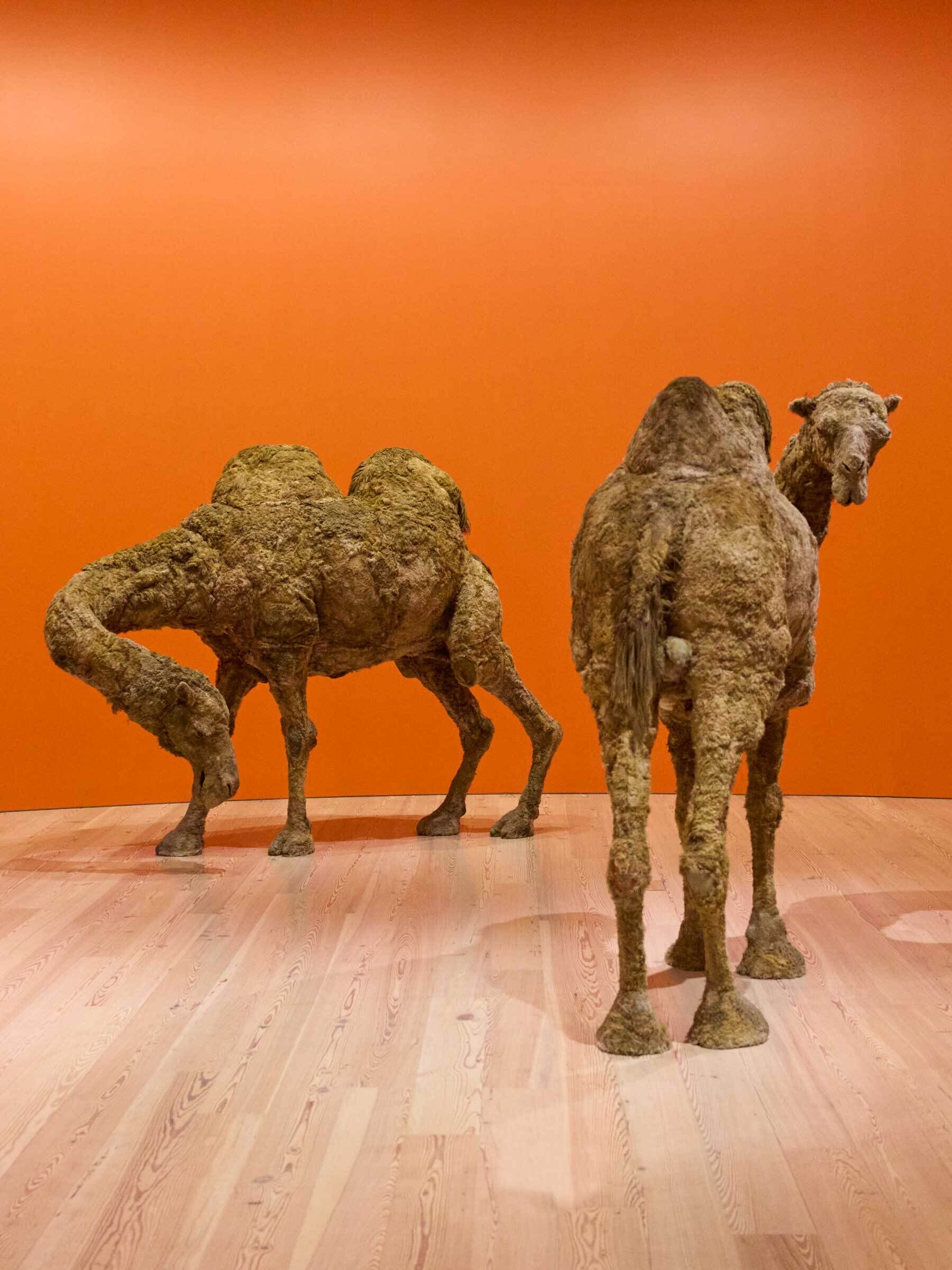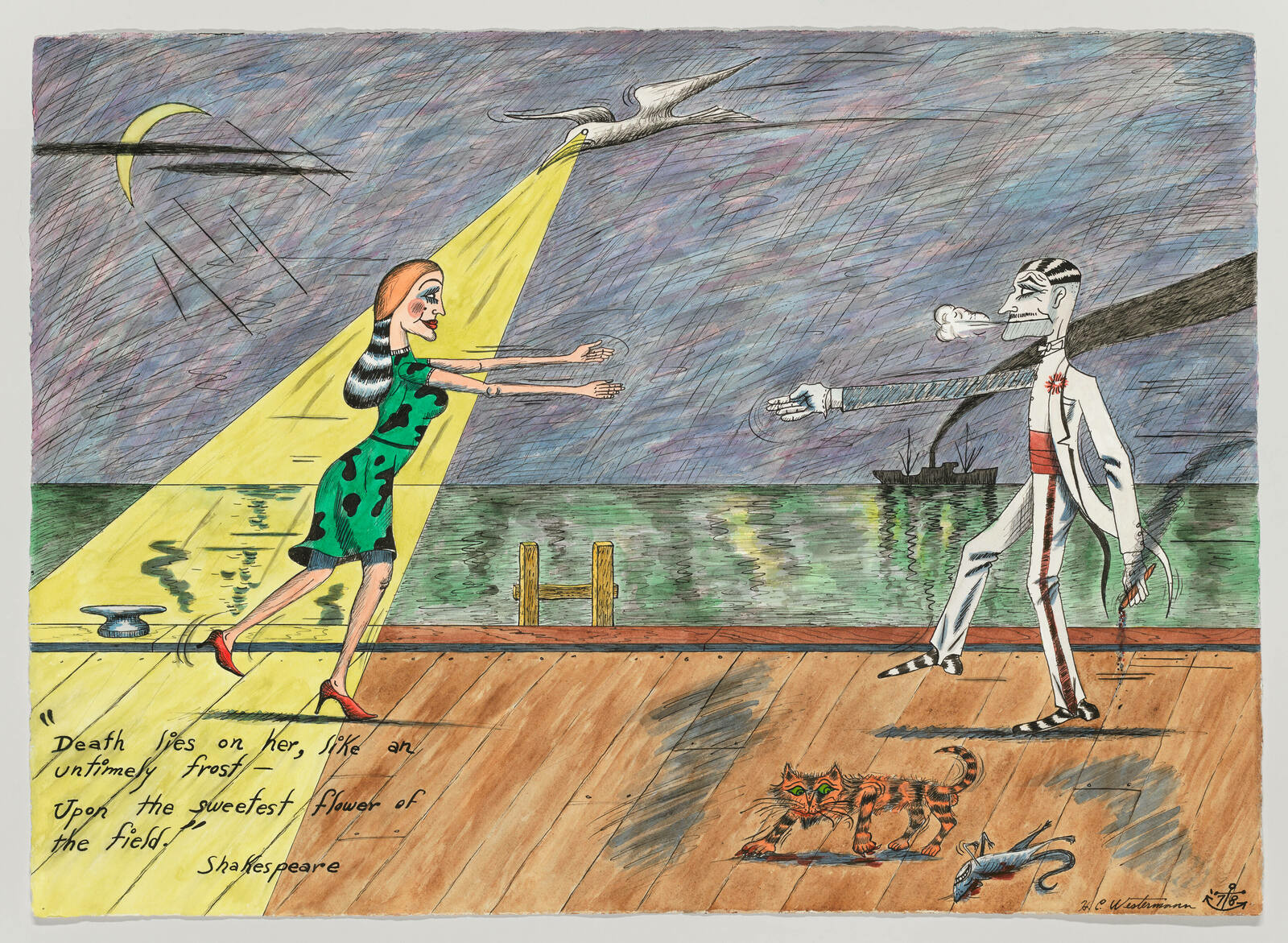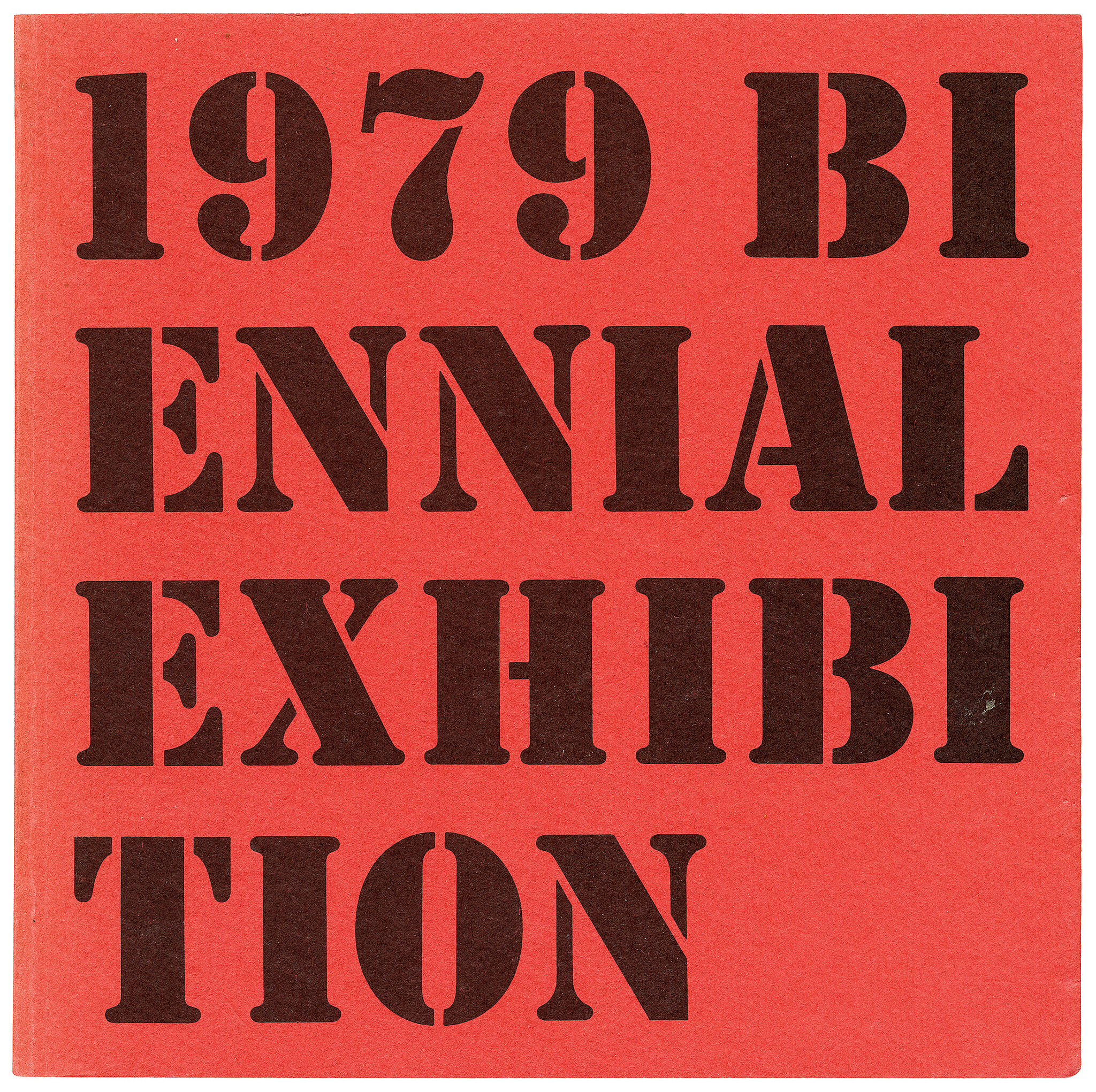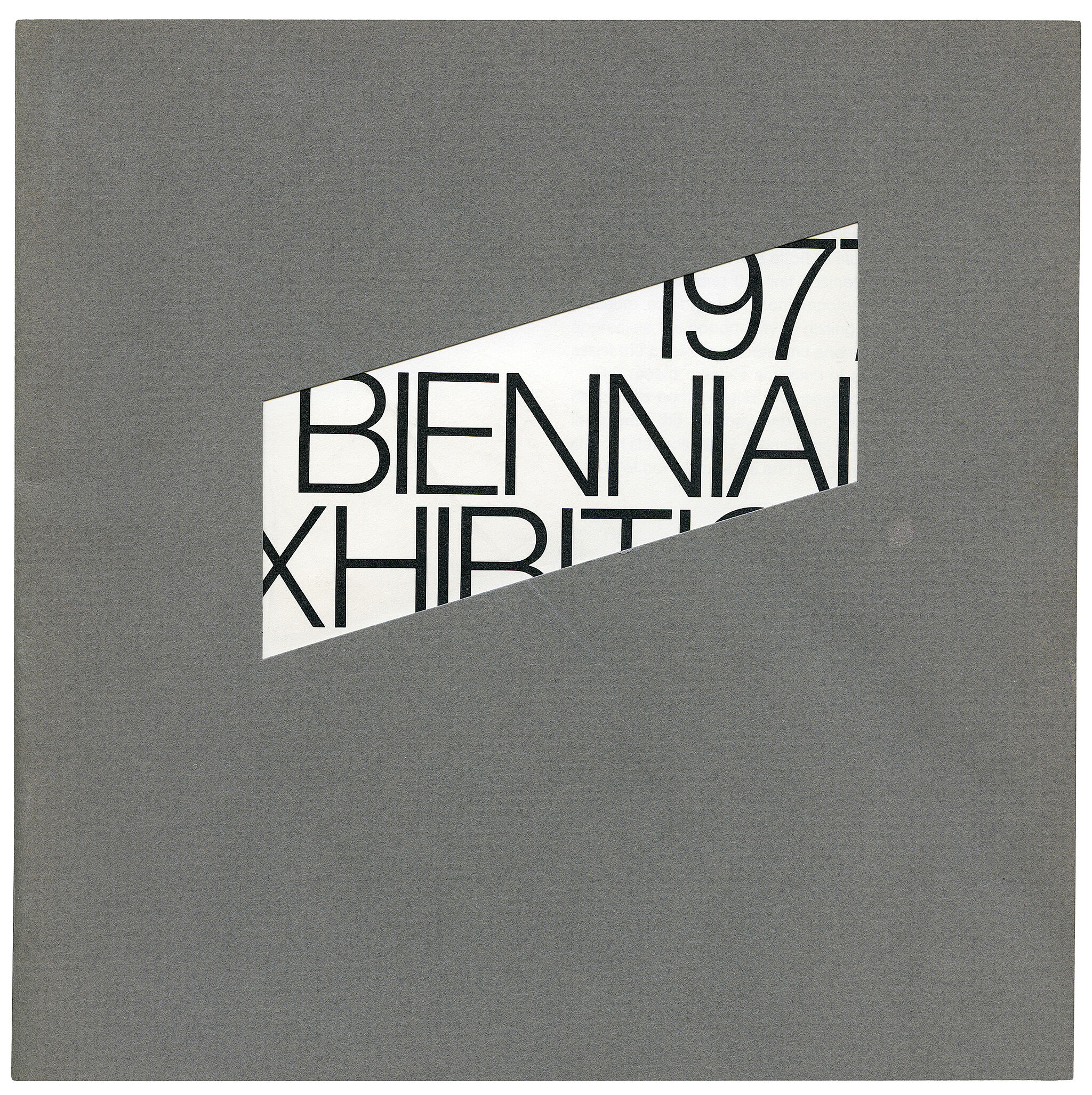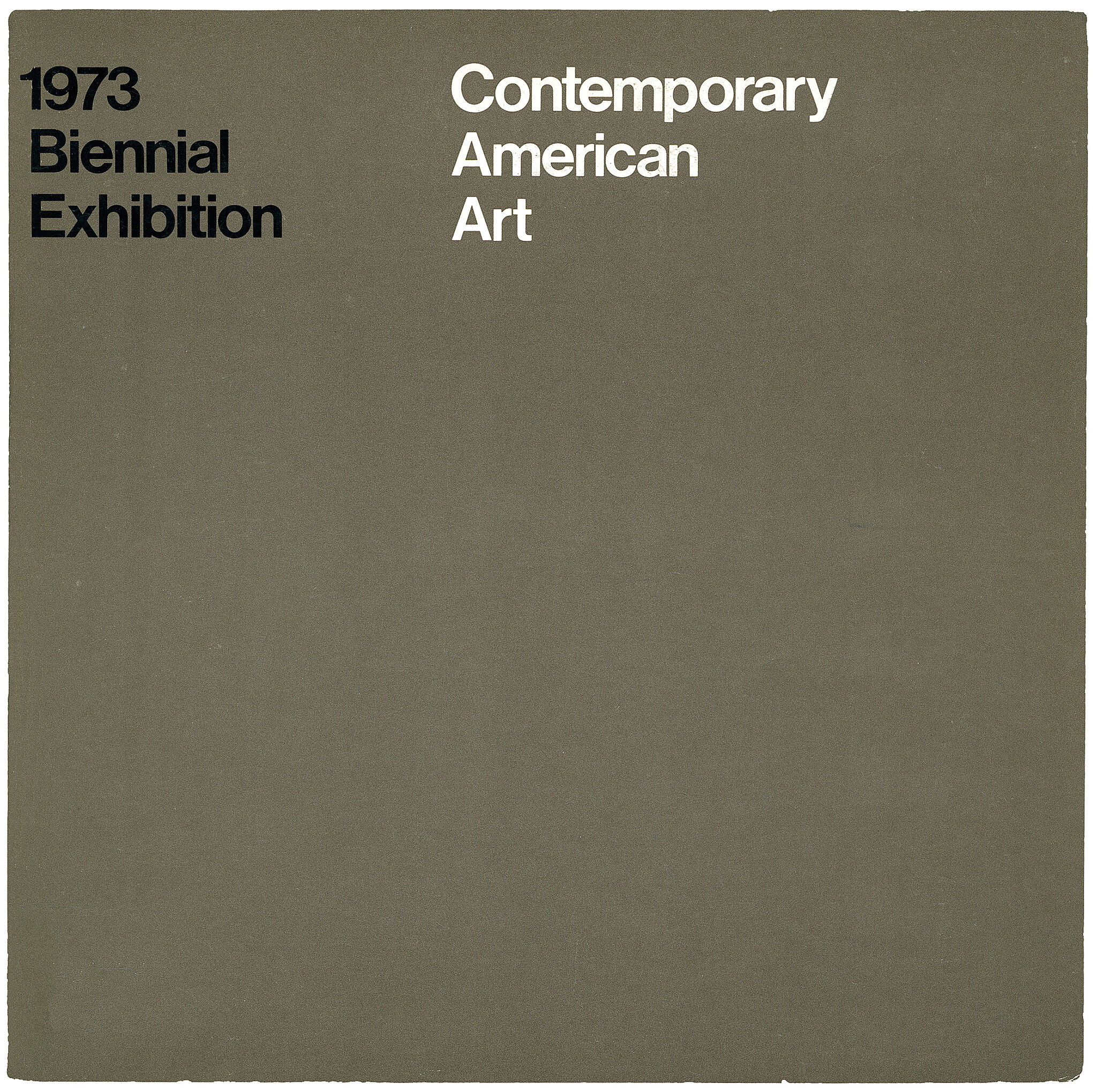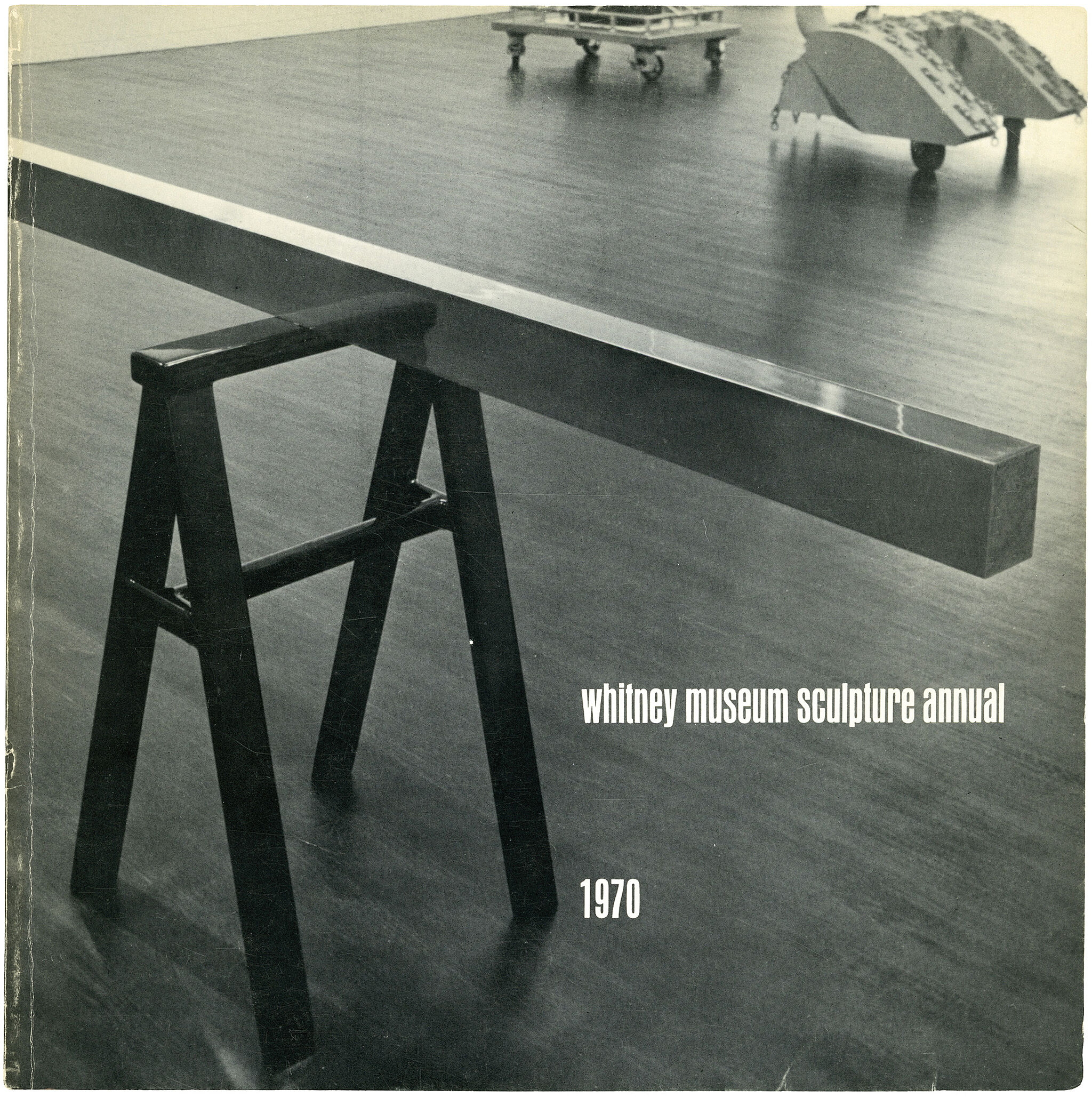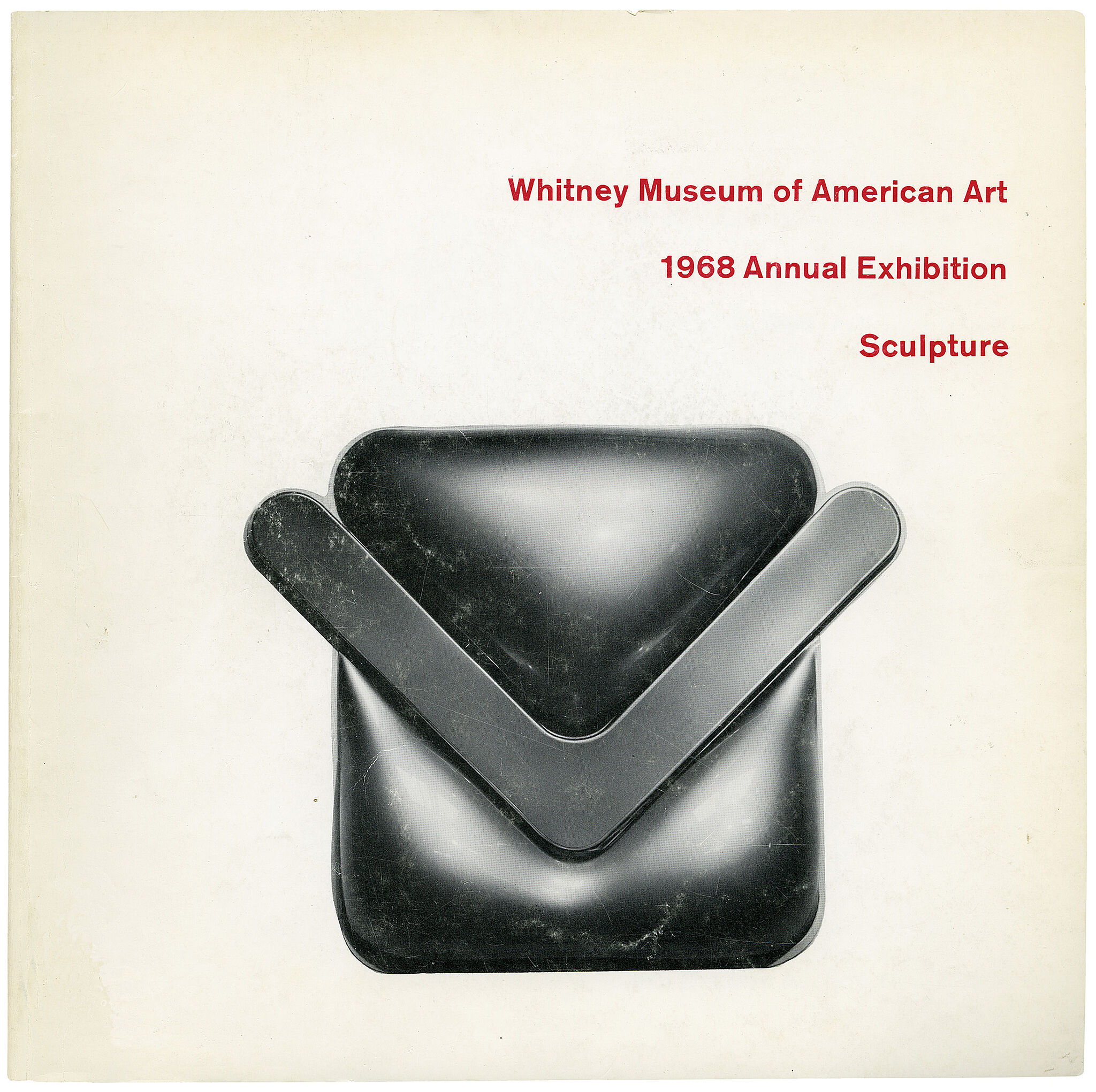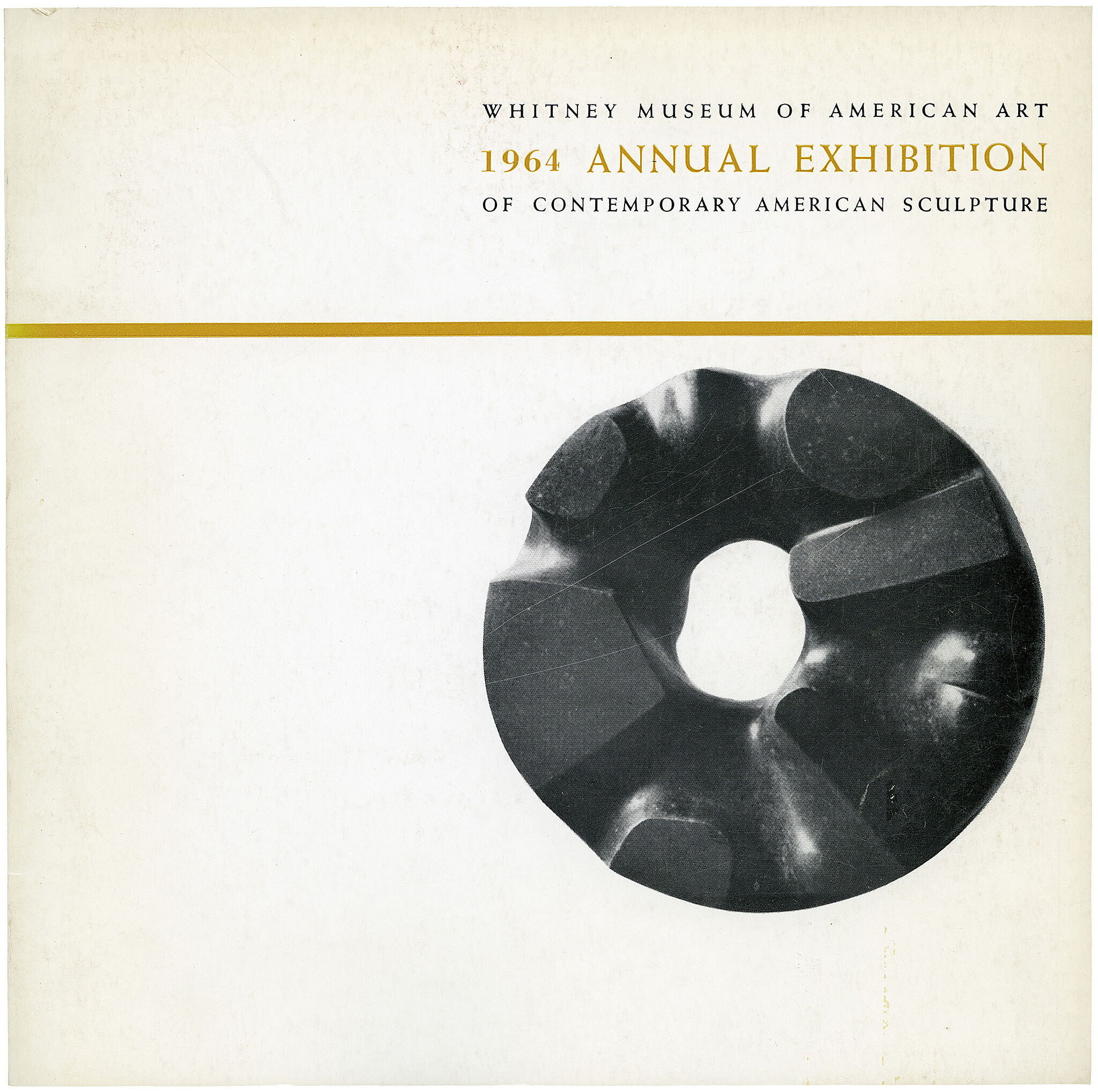H.C. Westermann
1922–1981
H. C. Westermann’s singular body of work draws on a range of cultural and personal signifiers—including military insignias, nautical motifs, comic books, folk art, and literature—to portray a critical and darkly humorous vision of mid-twentieth- century America. His energetic drawings and masterfully crafted sculptures incorporate formal aspects of Surrealism, Expressionism, Pop art, New Imagism, and Funk sensibilities, yet they refuse any such easy classification.
In 1942 Westermann enlisted in the Marine Corps, serving as an anti-aircraft gunner on the USS Enterprise. After the war, he briefly traveled with the USO as an acrobat before enrolling through the GI Bill in the School of the Art Institute of Chicago. Just three years into his studies, in 1950, he enlisted again as an infantryman in the Korean War, a second tour of duty that would have a profound effect on the artist; his subsequent work is characterized by an existential rumination brought about by the trauma of war and the contradictions of postwar society.
Antimobile embodies the sense of futility Westermann found in America’s so-called industrial progress. The seamless craftsmanship of the work, its finish, and the clever engineering of its functional axle mechanism are in conflict with the incongruous form of the wheel itself, detached from any vessel and seemingly warped or melting. As Westermann explained, “Everything is on wheels nowadays . . . a hundred million cars . . . and everything turns and it’s all a bunch of junk. . . . I wanted to make something that was just completely anti-wheel, anti-mobile.”
Introduction
Horace Clifford Westermann (December 11, 1922 – November 3, 1981) was an American sculptor and printmaker. His sculptures frequently incorporate traditional carpentry, marquetry techniques, mixed media, and a range of personal, literary, artistic, and pop-cultural references.
Westermann's craftsmanship and uncanny, sometimes humorous presentation has led critics to compare his work to that of Surrealist-inspired artists such as Joseph Cornell, as well as Assemblage, Dada and Folk art.
Wikidata identifier
Q1553678
Information from Wikipedia, made available under the Creative Commons Attribution-ShareAlike License . Accessed December 4, 2025.

